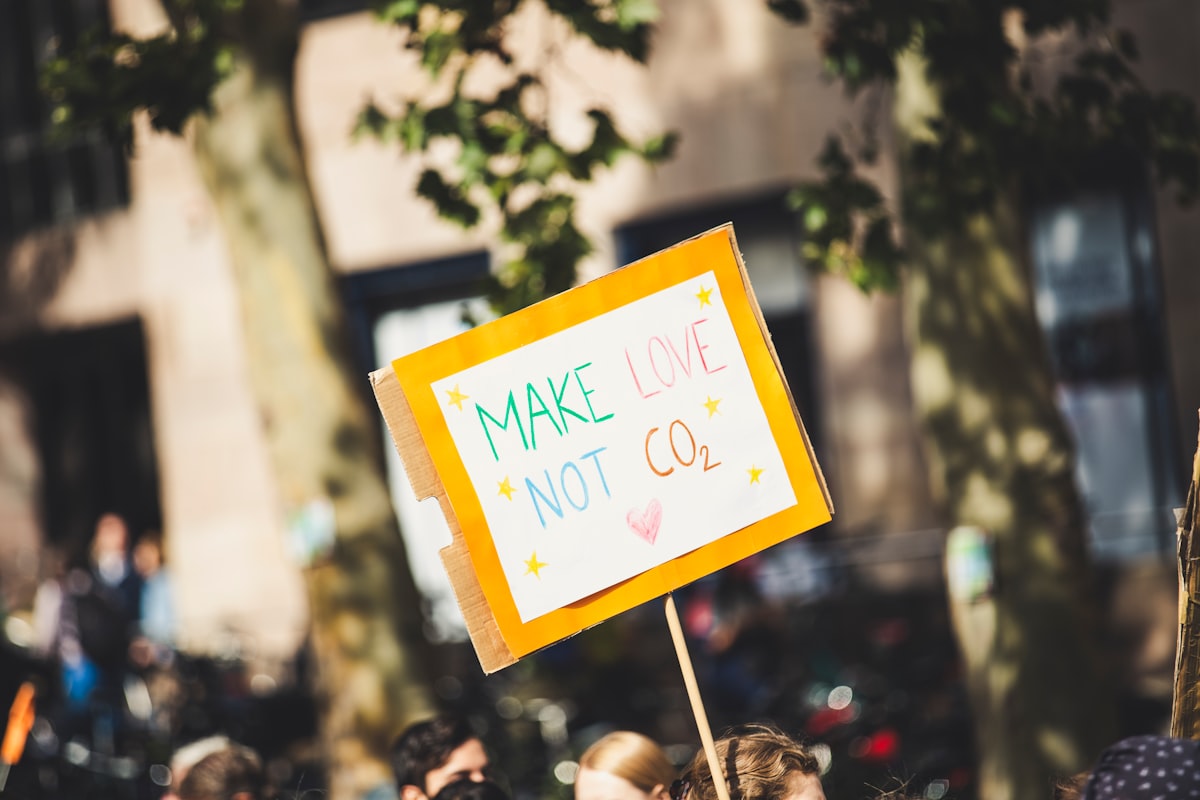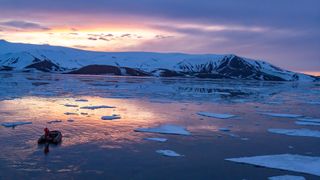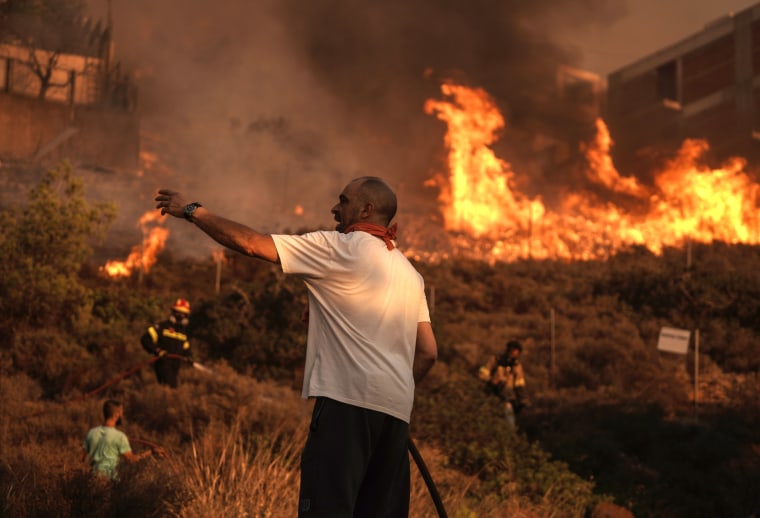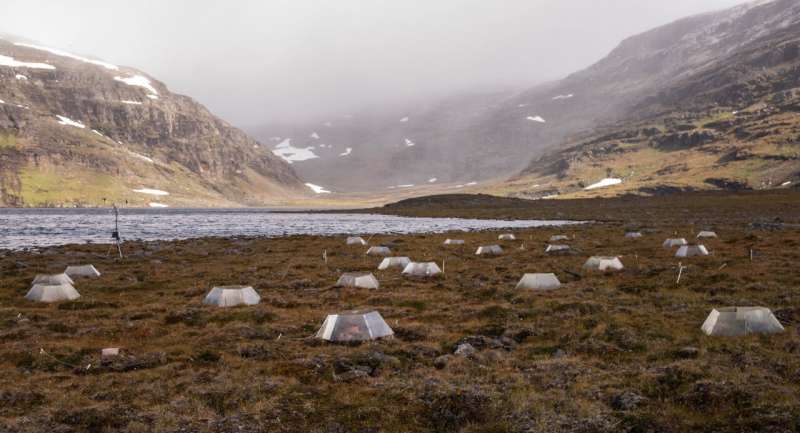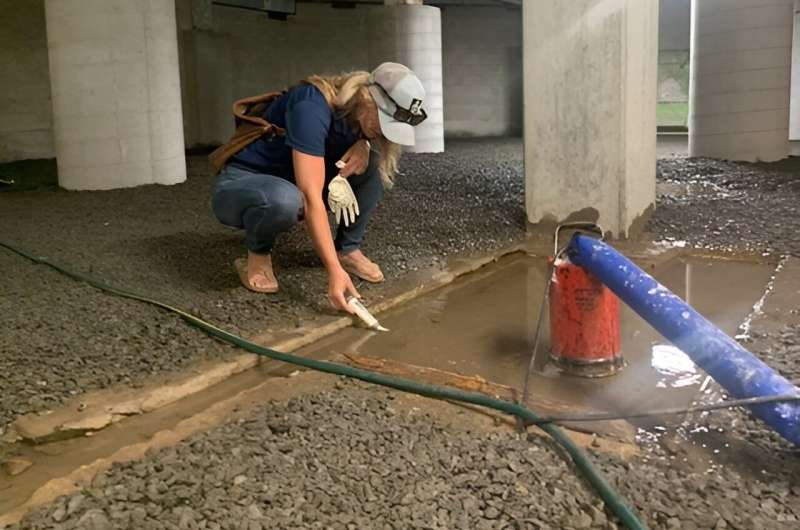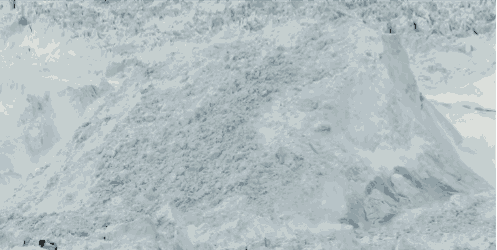The last month has been focused on acceptance, and has been building up to the inexorable, immutable, and irrevocable truth that besets us within the confines of the set of predicaments we face. The one thing I constantly see and hear is about all the things that “we” can do to mitigate the situation – all the ways we can “regenerate” nature – and all the ways we can “save the planet.” While I do think that society is beginning to realize that something is wrong, most people are still following the constant narratives being delivered in an attempt to keep the public calm. George Tsakraklides says it best right here, quote:
A hopeful message will always win over bitter truths, and our information machine knows this: news media habitually turn even the most sobering news into fast-consumable entertainment, making a mockery of reality.
It used to be that this was the role of movies: to allow us to experience a funny or terrifying world and entertain ourselves either way, knowing that it is all fake and we are watching from the safety of our sofa. But now the same is done to real, actual news coming from around the world: reality has been gamified, turned into amusement, into a video game in the most morally corrupt, sick, and irresponsible way possible. All of this, in the name of “hope” and “bringing lightness” to our collapse predicament.“


